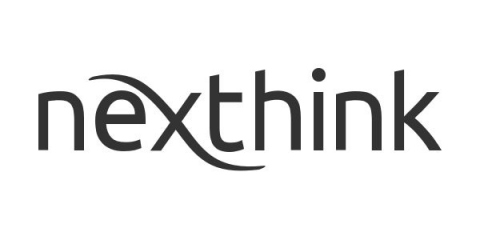Top 3 IT Operations Costs You Can Reduce Today
Businesses are always on the lookout for cost-efficiencies across their digital workplaces – but in times of economic uncertainty, departments that consume a lot of a company’s budget and resources are placed under the microscope to an even greater extent. IT departments in particular have been subject to scrutiny when it comes to cost-efficiency.




